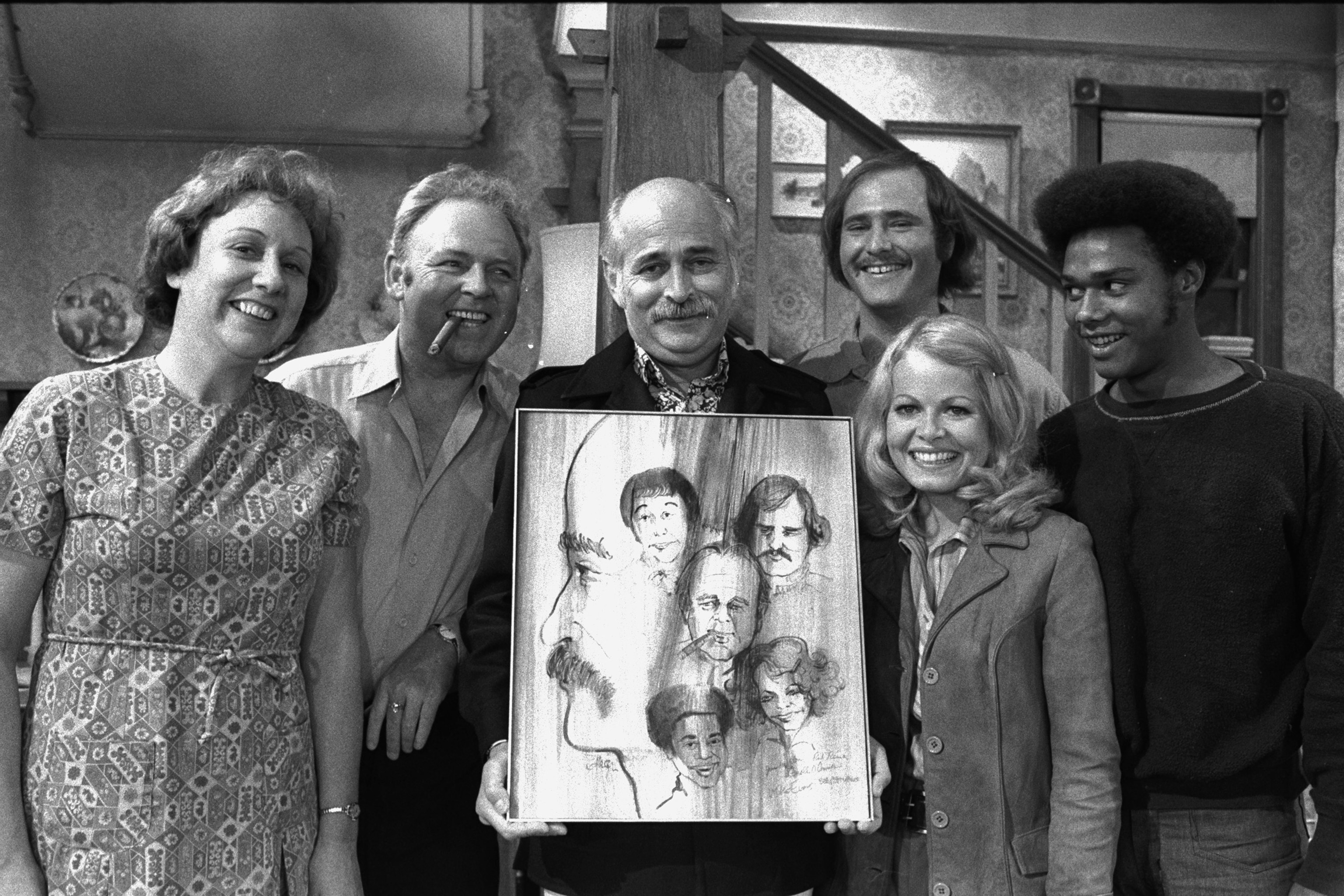CNA Explains: How airlines ensure pilots don’t accidentally fall asleep while flying

Wait, so are pilots allowed to rest while in the air?
Yes. But there are strict rules governing nap time.
ICAO outlines two types of pilot rest – though not every country permits both.
The first is “controlled rest”, where pilots can sleep in the cockpit.
The second is “bunk rest”, where pilots can sleep in a passenger seat or crew bunk available in a long-haul widebody aircraft, aviation analyst Shukor Yusof told CNA.
The United States, for one, forbids controlled rest. This applies to US airlines operating domestically or abroad, as well as foreign airlines in US airspace.
What are the safeguards for pilots sleeping in cockpits?
Pilots who are allowed controlled rest should follow certain criteria recommended by ICAO before getting some shut-eye.
While only one pilot can take controlled rest at a time, both pilots must have agreed to the rest duration. This should be no longer than 40 minutes, akin to a “power nap”, explained Mr Shukor.
The resting pilot must also pull their seat away from the controls. And once they wake, they cannot immediately take control of the plane, to ensure “full alertness”.
The other pilot must inform cabin crew that one pilot is taking controlled rest. This ensures flight attendants maintain regular contact with the awake pilot, to prevent them from falling asleep.
ICAO’s recommendations for controlled rest also state that autopilot and auto-thrust systems, if available, should be operational.
Are there different rules for cabin crew?
Pilots and cabin crew have different rest time as they perform separate tasks, said Mr Shukor, whose expertise includes aviation strategy and airline economics.
This may also differ by airline and union.
In Singapore, for example, the in-flight rest plan for pilots on ultra long-range operations should provide for at least two rest periods, of which one should not be less than four hours.
This is according to a 2018 Civil Aviation Authority of Singapore (CAAS) advisory circular on fatigue risk management for such flights. An ultra long-haul flight lasts more than 16 hours, but the flight duty period can last longer.
Cabin crew with a duty period of 19 hours or less should receive at least four hours of in-flight rest, while those with more than 19 hours’ duty should get at least five hours of in-flight rest, the advisory added.
While flight attendants are subject to rest time too, it is “nowhere near as stringent as (what) pilots (get)”, said former airline executive Chow Kok Wah.
This is logical as they face less risk than pilots, he said.
Have there been other incidents of pilots unintentionally falling asleep at the wheel?
The Batik Air pilots were not the first.
In April 2022, two pilots with Italy’s ITA Airways reportedly dozed off mid-flight from New York City to Rome, with 250 passengers onboard.
One pilot had slept during his designated break, while the other unintentionally fell asleep soon after. The latter was eventually sacked.
In August that same year, two pilots of an Ethiopian Airlines flight missed their landing when they fell asleep at their controls. They were jolted awake by an alarm when the autopilot disconnected after the plane overshot the runway without descending, according to reports.
Both pilots were suspended during investigations.
Back in February 2008, two pilots were also suspended when they fell asleep while flying over Hawaii, and missed their destination.
Reports stated that they had been flying towards open ocean for 18 minutes before waking up and returning for a safe landing.
Source: CNA















